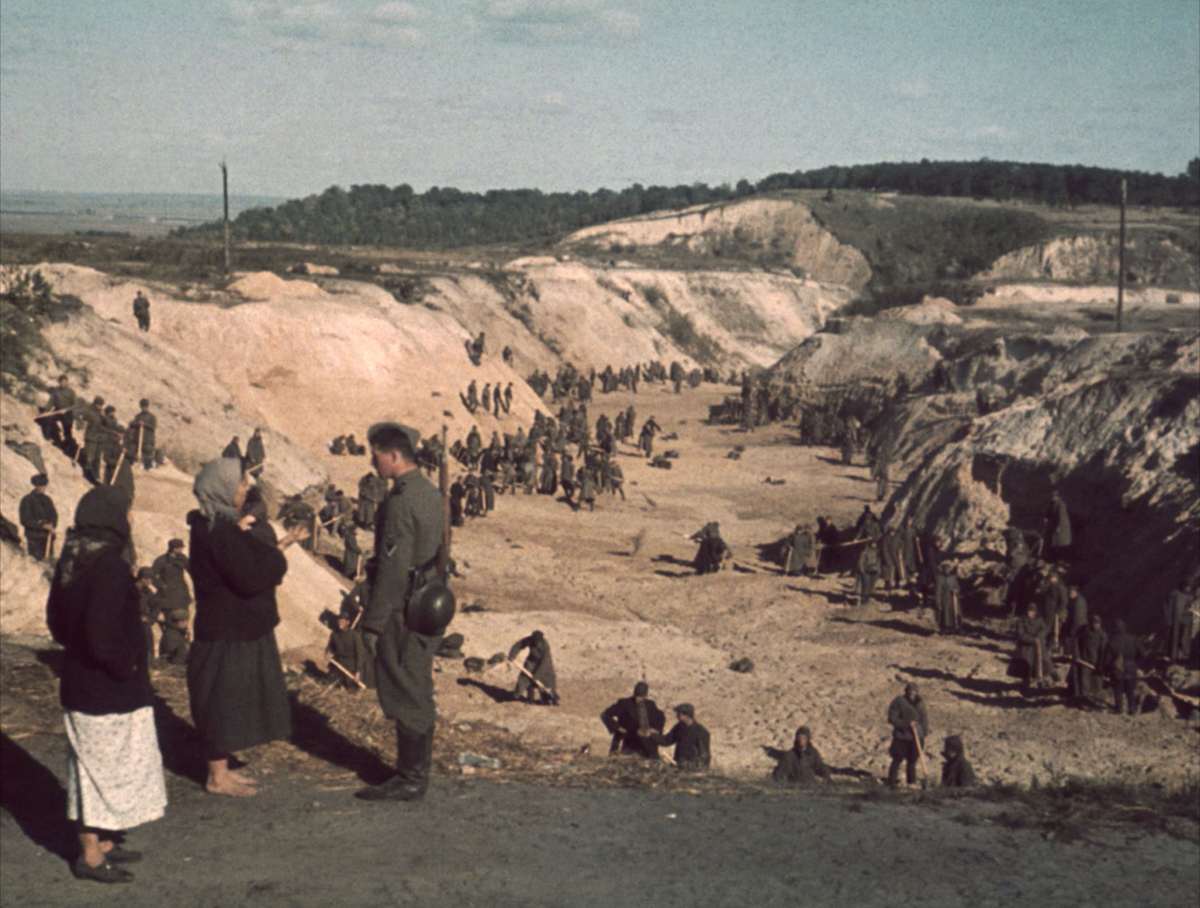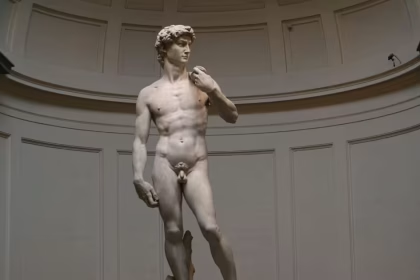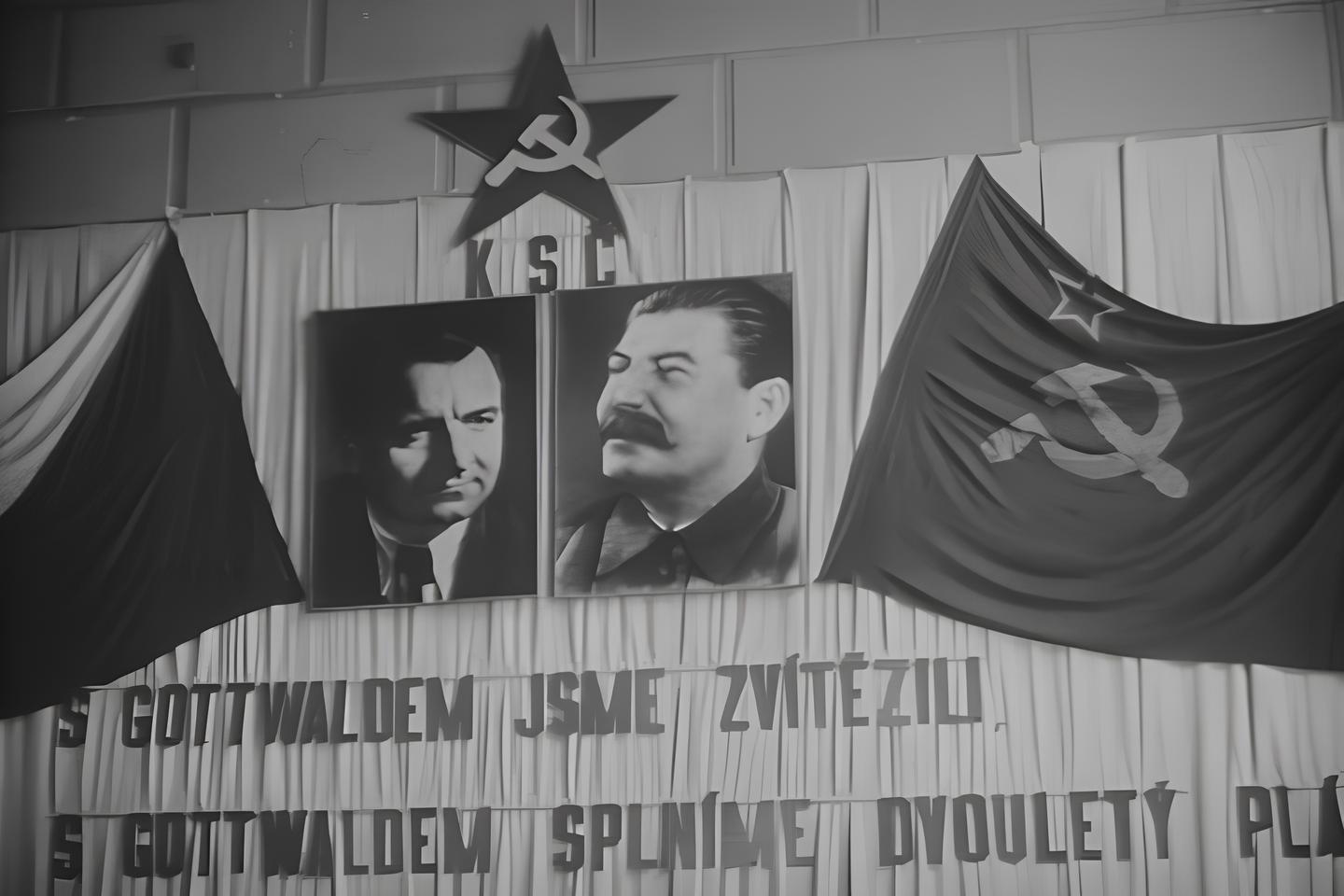Victory Monument at a Glance
What is the Victory Monument, and why was it built?
The Victory Monument is a 465-foot (142 m) tall obelisk located in Victory Park, Moscow. It was built to commemorate the end of the Great Patriotic War, a period of German aggression against the Soviet Union that lasted from 1941 to 1945. The monument was built in only nine months, from 1994 to 1995, with the help of architects Leonid Vavakin and Vladimir Budaev, based on a plan by sculptor Zurab Tsereteli.
What is the significance of the Victory Monument?
The Victory Monument is significant because it commemorates the end of the Great Patriotic War, which is an important event in Russian history. The monument represents a soldier’s bayonet rising to the sky and is adorned with bas-reliefs from the Battle of Stalingrad (1942), the Battle of Kursk (1943), and Operation Bagration (1944), as well as the glided names of each hero-cities. It is also crowned by a 25-ton bronze statue of Nika, the Greek goddess of victory, bearing a wreath and flanked by angelic figures playing trumpets. A mounted figure of Saint George, armed with a weapon, hits a serpent as a fascism symbol at the stele’s foot, which represents the invasion of Russia by Hitler’s Nazi Germany.
What are the design features of the Victory Monument?
The Victory Monument’s design is intricate, and it initially made the monument aerodynamically unsteady. To address this issue, 70,600 ft3 (2000 m3) of concrete was poured into the base to accommodate the monument’s instability and wobbliness. The wind laboratory at the Central Aerohydrodynamic Institute was used to test the obelisk’s design, which made it possible to fine-tune its aerodynamic properties. The monument’s 26-foot (8 m) base is composed of two steel spheres anchored to a concrete block that is roughly 131 feet (40 m) in circumference and is 12 feet (3.7 m) below the ground. The bearing structure of the stele is made of high-carbon steel type 09G2U, which can be found on the stele’s supporting section. The Victory Monument also features a dynamic tremor-damping system, and there are service chambers inside the base of the memorial with equipment for lightning and ventilation, along with signaling devices.
On Poklonnaya Hill in Moscow, in Victory Park, stands the obelisk known as the Victory Monument. Also known as Monument Pobedy, it was built in 1994–95, with the help of architects Leonid Vavakin and Vladimir Budaev, based on a plan by sculptor Zurab Tsereteli. The Victory Monument is 465 feet (142 m) tall, and it is not only the highest obelisk in Russia but also in Europe. It is also one of the tallest obelisks in the world. If the Eiffel Tower were considered a giant art tower rather than a historical monument, the Victory Monument would be the tallest monument in Europe.
Significance of the Victory Monument

The Victory Monument was built to commemorate the end of the Great Patriotic War which spanned between 1941 and 1945 and encompassed the German invasion of the Soviet Union. It is one of the first monuments to be built after the Soviet Union broke up.
This 465-foot (142 m) tall, 1,000-ton trihedral monument represents a soldier’s bayonet rising to the sky. The Victory Monument is adorned with bas-reliefs from the Battle of Stalingrad (1942), the Battle of Kursk (1943), and Operation Bagration (1944), as well as the glided names of each hero-cities.
Every 4 inches (10 cm) of the obelisk represents one day of the Great Patriotic War. This accommodates around 1,418 days.

The Victory Monument is crowned by a 25-ton bronze statue of Nika, the Greek goddess of victory, bearing a wreath and flanked by angelic figures playing trumpets. A mounted figure of Saint George, armed with a weapon, hits a serpent as a fascism symbol at the stele’s foot. This fascism is the invasion of Russia by Hitler‘s Nazi Germany.
Dedicated on May 9, 1995, the monument was built in only nine months and stands today in front of the Museum of the Great Patriotic War (also known as the Victory Museum).
Design Features of the Victory Monument

The Victory Monument’s intricate design actually initially made it aerodynamically unsteady. This was because of the 25-ton bronze statue of Nika that stands 328 feet (100 m) above. To accommodate the instability and wobbliness, it was necessary to pour 70,600 ft3 (2000 m3) of concrete into the base.
The wind laboratory at the Central Aerohydrodynamic Institute was used to test the obelisk’s design, which made it possible to fine-tune its aerodynamic properties.

The monument’s 26-foot (8 m) base is composed of two steel spheres. It is anchored to a concrete block that is roughly 131 feet (40 m) in circumference and is 12 feet (3.7 m) below the ground. The bearing structure of the stele is made of high-carbon steel type 09G2U, which can be found on the stele’s supporting section. TsNIIPSK’s plans call for gas-thermal blasting to prevent corrosion of steel buildings.

At 465 feet (142 m), the Victory Monument is the tallest obelisk both in Russia and in Europe.
The Victory Monument features a dynamic tremor-damping system. The primary one weighs 10 tons and is hidden behind a statue of the deity Nike. There are also special counterweights placed in the legs of the Nike statue to maintain the balance of the monument.
There are service chambers inside the base of the memorial with equipment for lightning and ventilation, along with signaling devices, etc. The stele has a utility lift that travels 285 feet (87 m) to the top.
The Victory Monument was restored and fortified in 2011. The Moscow mayor’s office set aside money to repair the monument’s covering and shield it from resonance vibrations and corrosion. Five million rubles ($167,000) were spent on restoring everything.

History of the Victory Monument
In the middle of the 1940s, architects Sergey Nanushyan and Leonid Pavlov proposed competing designs for a memorial complex in Moscow to commemorate the end of the Great Patriotic War.
The “Patriotic War” was the name given to the Russian people’s struggle against Napoleon‘s French conquest of Russia. The “Great Patriotic War”, on the other hand, was the German aggression against the Soviet Union between 1941 and 1945.
Nanushyan wanted to construct a 50-meter-tall “Victory Monument” on the stone platform named Lobnoye Mesto located in Red Square. But Pavlov envisioned an “Arch of Heroes” in its place. However, CCCP Secretary Joseph Stalin did not approve of these endeavors.
In 1955, at Soviet Marshal Georgy Zhukov’s urging, the CPSU Central Committee revived plans for the memorial. Moscow’s Victory Monument was approved by the Politburo on May 31, 1957, and construction began the following year on “Defender of the Fatherland Day,” February 23.
The foundation stone of the Victory Monument was laid on Poklonnaya Hill, and read, “Here the monument to the Soviet people’s victory in the Great Patriotic War of 1941–1945 will be built.”
A Cancelled Proposition
In 1985, when Victory Park was still in the planning stages, a competition was launched to find the finest design for the Victory Monument. Based on its findings, a monument was to be constructed by architects Lev Golubovsky and Yakov Belopolsky and sculptor Nikolai Tomsky.
They proposed ditching the grandiose in favor of a more lifelike monument of 236 feet (72 m) in height made of red stone and portraying Red Army troops carrying the Soviet Union’s Victory Banner that had been shot through.
This sculpture was intended to be framed by two half-arches with a bell and cubic stones with the numerals “1941–1945” on cables. However, the plan was scrapped because its parade-like aesthetic ran counter to other monuments in the city.
A New Open Competition
In the fall of 1986, an open design competition was launched for the memorial. A “rigid framework that constrained the creative imagination” led to the nullification of its first phase, which concluded in the spring of 1987.
At the start of 1988, more than five hundred submissions were on display at the Moscow Manege, from which the judges selected ten to advance to the next round. During the second round, which took place at the beginning of 1989, the judges found two promising designs and declared a third round. The evaluators did not choose a winner, but they did suggest ending the competition.
Without declaring any design competition, the monument’s construction resumed in 1993. Moscow’s chief architect, Leonid Vavakin, along with Vladimir Budaev and artist Zurab Tsereteli, were tapped to lead the project.
The construction of Moscow’s Victory Monument was executed by two companies, including “TsNIIPSK Named After N. P. Melnikov,” along with the help of several engineers. The memorial was constructed in just nine months and dedicated in front of the Museum of the Great Patriotic War, also known as the Victory Museum, on May 9, 1995.
References
- (Russian) – Architectural ideas of the times of the USSR. What Red Square might look like – Aif.ru
- (Russian) – Unbending: the history and structure of the Victory Monument on Poklonnaya Hill – Realty.ria.ru
- (Russian) – The Last Soviet Memorial – Kommersant.ru






